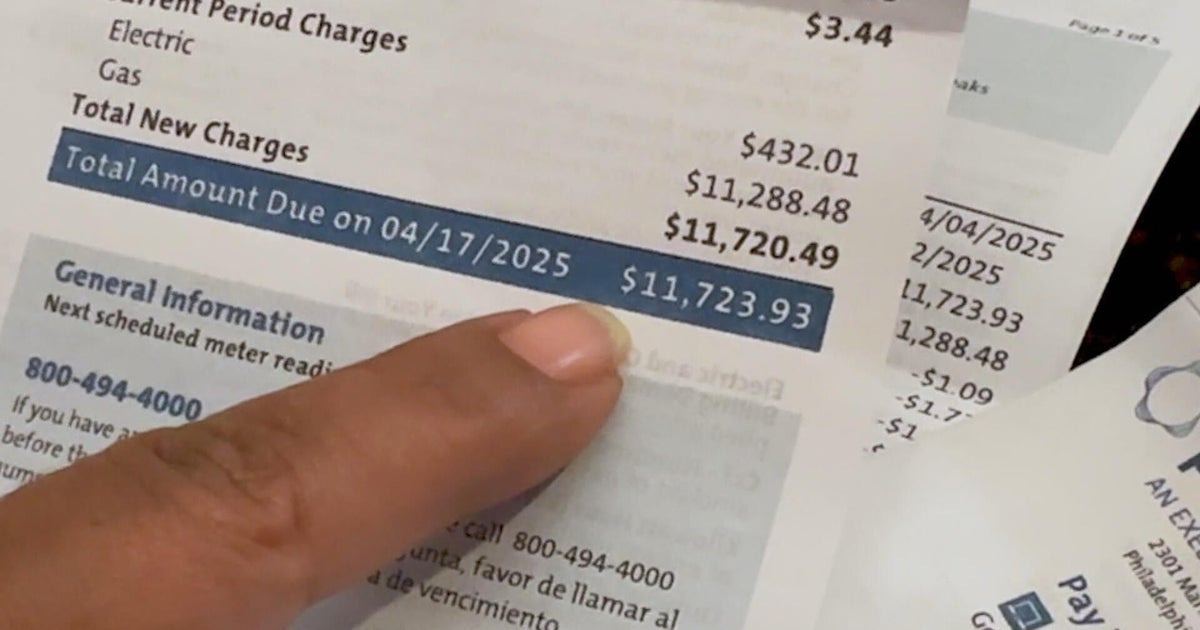Climate Change Preparedness: When Should Companies Plan For A 2°C Future?

Welcome to your ultimate source for breaking news, trending updates, and in-depth stories from around the world. Whether it's politics, technology, entertainment, sports, or lifestyle, we bring you real-time updates that keep you informed and ahead of the curve.
Our team works tirelessly to ensure you never miss a moment. From the latest developments in global events to the most talked-about topics on social media, our news platform is designed to deliver accurate and timely information, all in one place.
Stay in the know and join thousands of readers who trust us for reliable, up-to-date content. Explore our expertly curated articles and dive deeper into the stories that matter to you. Visit Best Website now and be part of the conversation. Don't miss out on the headlines that shape our world!
Table of Contents
Climate Change Preparedness: When Should Companies Plan for a 2°C Future?
The clock is ticking. While limiting global warming to 1.5°C remains the ambitious target of the Paris Agreement, the reality is that a 2°C warmer world is increasingly likely. For businesses, this isn't just an environmental concern; it's a fundamental business risk. Ignoring the looming impacts of a 2°C warmer planet could lead to significant financial losses, operational disruptions, and reputational damage. So, the crucial question becomes: when should companies begin serious planning for this future? The answer, simply put, is now.
The Urgency of 2°C Climate Change Planning
Delaying climate adaptation strategies is a gamble with potentially catastrophic consequences. A 2°C increase in global temperature will trigger a cascade of effects, including:
- More frequent and intense extreme weather events: Heatwaves, droughts, floods, and wildfires will become more common and severe, disrupting supply chains, damaging infrastructure, and impacting production.
- Sea-level rise: Coastal communities and businesses will face increased flooding and erosion, requiring significant investment in adaptation measures.
- Resource scarcity: Water scarcity, particularly in already arid regions, will intensify, impacting agricultural production and industrial processes.
- Regulatory changes: Governments worldwide are implementing stricter environmental regulations, placing greater pressure on businesses to reduce their carbon footprint and adapt to a changing climate. Failing to comply can result in hefty fines and legal challenges.
- Shifting consumer demands: Consumers are increasingly aware of climate change and are demanding more sustainable products and services. Companies that fail to adapt risk losing market share.
These are not distant possibilities; these are projections based on current climate models and trends. The impacts are already being felt across the globe, and they will only intensify as temperatures rise.
Integrating Climate Change into Business Strategy: A Proactive Approach
Planning for a 2°C future isn't about reacting to crises; it's about proactively identifying risks and opportunities. Companies should integrate climate change considerations into every aspect of their business strategy, including:
- Risk assessment: Conduct a thorough assessment of climate-related risks to your operations, supply chains, and assets. This should consider both physical risks (e.g., extreme weather) and transition risks (e.g., changes in regulations or consumer demand).
- Scenario planning: Develop different scenarios based on various warming levels, including a 2°C scenario. This allows companies to anticipate potential impacts and develop appropriate responses.
- Investment in adaptation measures: Invest in infrastructure improvements, technology upgrades, and operational changes to enhance resilience to climate change impacts. This might include drought-resistant crops, flood defenses, or renewable energy sources.
- Supply chain resilience: Assess the climate vulnerability of your supply chain and work with suppliers to improve their resilience. Diversification of sourcing can mitigate risks associated with disruptions.
- Carbon reduction strategies: Implement ambitious targets to reduce greenhouse gas emissions. This is crucial not only for mitigating climate change but also for meeting regulatory requirements and enhancing the company's reputation.
Beyond Compliance: Embracing Sustainability as a Competitive Advantage
Proactive climate change preparedness isn't just about compliance; it's about creating a competitive advantage. Companies that embrace sustainability and demonstrate a commitment to climate action are better positioned to attract investors, customers, and talent. They can also unlock innovative solutions and drive new business opportunities.
The time for action is now. Waiting for more definitive proof or clearer regulations will only increase vulnerability and limit opportunities. By taking proactive steps today, companies can build resilience, enhance their reputation, and safeguard their long-term future in a changing climate. Learn more about developing a comprehensive climate change strategy by exploring resources from organizations like the and the . Don't wait until it's too late. Start planning for a 2°C future today.

Thank you for visiting our website, your trusted source for the latest updates and in-depth coverage on Climate Change Preparedness: When Should Companies Plan For A 2°C Future?. We're committed to keeping you informed with timely and accurate information to meet your curiosity and needs.
If you have any questions, suggestions, or feedback, we'd love to hear from you. Your insights are valuable to us and help us improve to serve you better. Feel free to reach out through our contact page.
Don't forget to bookmark our website and check back regularly for the latest headlines and trending topics. See you next time, and thank you for being part of our growing community!
Featured Posts
-
 Walz Calls For Stronger Democratic Approach Condemns Trumps Actions
Jun 02, 2025
Walz Calls For Stronger Democratic Approach Condemns Trumps Actions
Jun 02, 2025 -
 Peco Billing System Under Scrutiny After 12 000 Bill Sparks Outrage
Jun 02, 2025
Peco Billing System Under Scrutiny After 12 000 Bill Sparks Outrage
Jun 02, 2025 -
 Ironic Twist Trumps Antisemitism Claims May Target Harvards Israeli Jewish Community
Jun 02, 2025
Ironic Twist Trumps Antisemitism Claims May Target Harvards Israeli Jewish Community
Jun 02, 2025 -
 Stone Mountain Park Body Found Burned Police Seeking Information
Jun 02, 2025
Stone Mountain Park Body Found Burned Police Seeking Information
Jun 02, 2025 -
 Harvards Israeli Jewish Professors Under Pressure The Unexpected Fallout From Trumps Antisemitism Claims
Jun 02, 2025
Harvards Israeli Jewish Professors Under Pressure The Unexpected Fallout From Trumps Antisemitism Claims
Jun 02, 2025
